Why do I need a key code? Copying a key no matter how well it's done will always produce a key that's one generation removed from the original cut key. Copying a worn key will only give you a reproduction of the wear one further generation from the original. In some cases this is fine and providing the copy is made from a key that is in good condition there should be no problem.
Cutting a key to code creates a brand new key, similar to the one that would have been supplied with your car when new. We have to say up front that we are presently only able to supply keys cut to code for a number of keys - however we find that these we can supply cover the majority of 40-early 90s cars we fans drive.
Finding your cars lock code can in some cases be very easy and in others require a little investigation or disassembly. In other cases it's next to impossible and copying an existing key is the only simple answer.
Finding your lock/key code can be easy
Not that difficult
More difficult
| If you have a set of original keys the lock code maybe stamped on them | 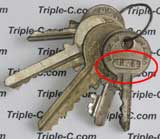 |
Finding the code may be as easy as looking at he face of your ignition lock | 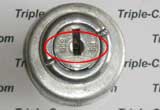 |
| Motor Heritage certificates often have lock coding as well as a wealth of additional information about your car For Jaguar cars check with Jaguar Heritage. MG, Morris, Austin, Austin-Healey, Riley etc. check. | 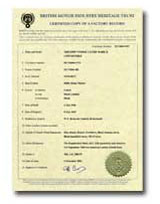 |
Sometimes you'll have to disassembly is the only answer - here the code is punched onto the lock barrel. | 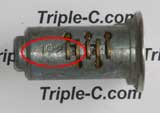 |
| On this ignition lock depressing the small brass button to the top right (through a hole in the ignition assemble) allowed the cylinder to slip out reveling the code. | 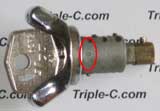 |
More disassembly reveals the code stamped on the barrel of this door lock. |  |
| MGB/Midget - here the trunk lock sometimes has a three digit code stamped on the swing plate that secures the trunk. You'll have to remove the lock or use a flashlight to see. | 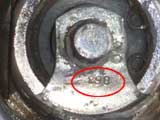 |
If your cars trunk/boot has a "T" handle lock (Mini etc) - a little disassemble should reveal the code stamped onto the square shaft of the handle. | 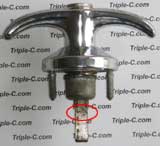 |